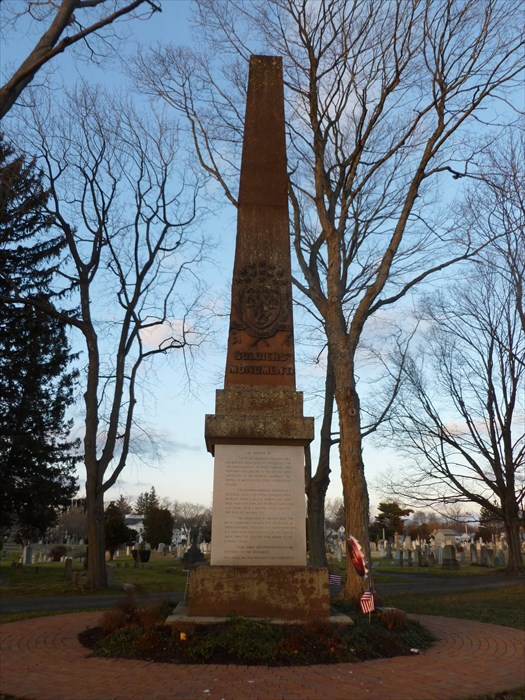Stephen STOW
SAR Patriot #:
P-299182
The following information was assembled from numerous sources and cannot be used directly as proof of Qualifying Service or Lineage.
It is considered a research aid and is intended to assist in locating sources that can be used as proof.
State of Service: CT
Qualifying Service: Patriotic Service
DAR #: A110930
Birth: 22 May 1726 Middletown / Hartford / CT
Death: 08 Feb 1777 Milford / New Haven / CT
Qualifying Service Description:
- Volunteer, caring for prisoners of war who were also victims of small pox. His life was lost to small pox.
Additional References:
- SAR Patriot Index Edition III (CD: PP2210, Progeny Publ, 2002) plus data to 2004
- WPA, HIST OF MILFORD, CT 1639-1939, pg 62-63
Spouse: Freelove Baldwin
Children: John; Jedediah; Phineas; Stephen; Esther; William; Samuel;
Members Who Share This Ancestor
| Date Approved | Society | ACN | SAR Member Info | Lineage via Child | View Application Detail | |
|---|---|---|---|---|---|---|
| 1994-09-14 | CT | 208064 | Jeffrey Clarke Hessler (143154) | Jedediah | ||
| 1998-03-03 | CA | 207840 | Charles Edward Doolin (143366) | Stephen | ||
| 2022-02-11 | NE | 100622 | James Donald Gansemer (221676) | John |
Burial:
Location:
Milford / New Haven / CT / USA
Find A Grave Cemetery #:
Marker Type:
SAR, Also large sandstone monolith
SAR Grave Dedication Date:
20 Aug 2016
Comments:
- The stone is a very large sandstone monolith which is fully legible and in good condition.
Directions to Cemetery / Gravesite:
- The Cemetery is located at 35 Gult Street ( Main Entrance) The cemetery can also be accessed from Prospect street from the Freelove Baldwin Stow Chapter house of the DAR.

